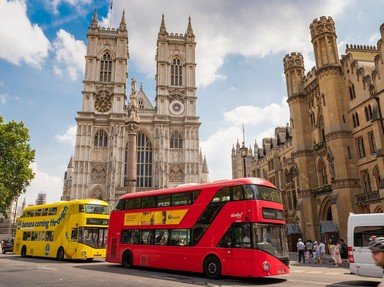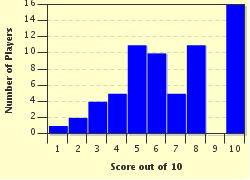Quiz Answer Key and Fun Facts
1. The street along which knights travelled to jousts
2. An Old English word for "market"
3. A grassy ditch marking property boundaries
4. Named after the family who once lived there
5. Name associated with the old Roman sewer, Cloaca Maxima
6. Named after a foreign eatery with fixed prices
7. An area for archery practice
8. Named after an inn that existed there at one time
9. Named after a butcher's product of entrails and organs
10. Falsely believed to be associated with a medieval insane asylum
Source: Author
Creedy
This quiz was reviewed by FunTrivia editor
bloomsby before going online.
Any errors found in FunTrivia content are routinely corrected through our feedback system.


